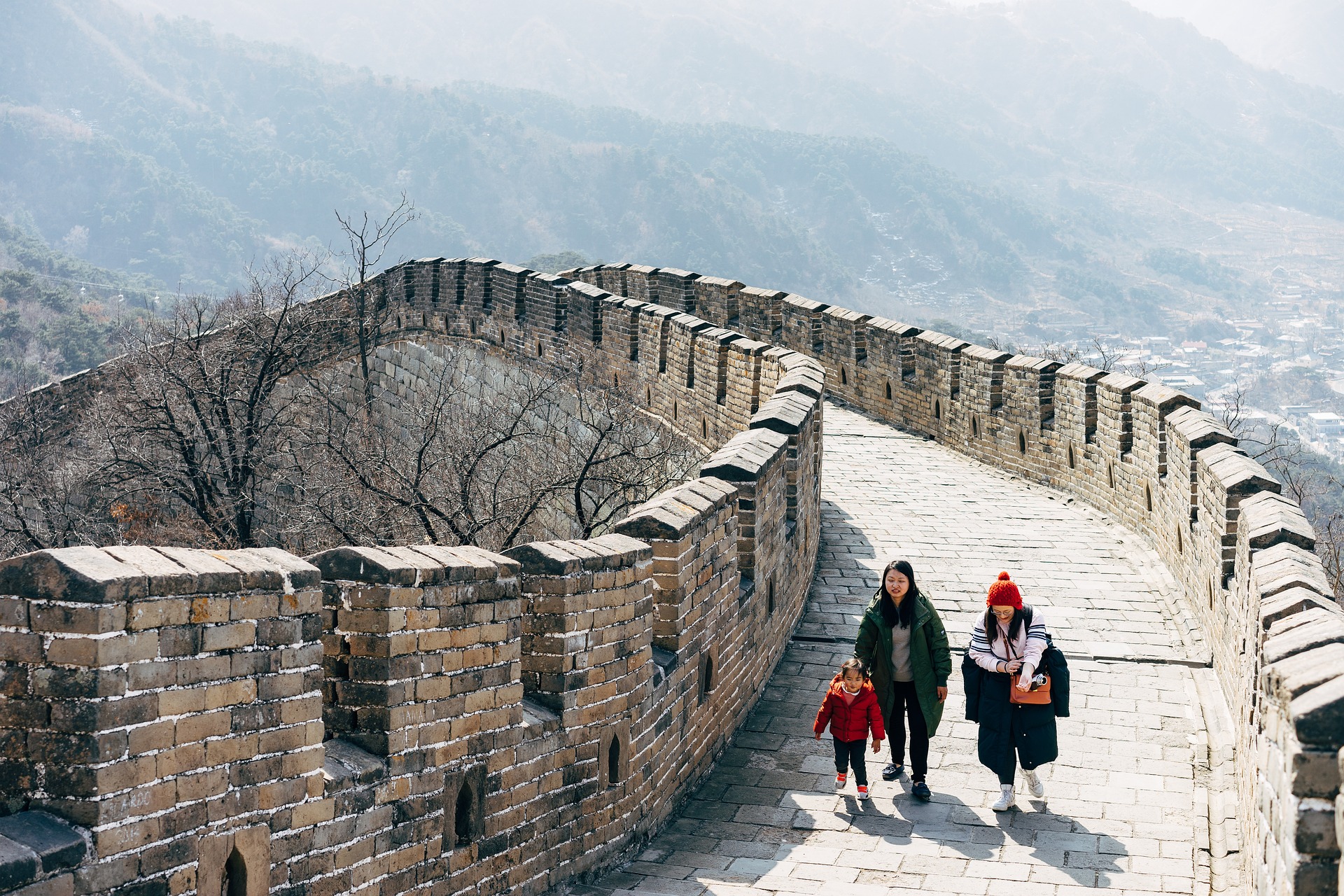
The Great Wall of China is one of the most iconic and recognizable landmarks in the world. It is a series of fortifications made of stone, brick, tamped earth, wood, and other materials, generally built along an east-to-west line across the northern borders of China to protect against invasions by nomadic tribes. The wall stretches over 13,000 miles (21,000 kilometers) and is considered one of the most impressive architectural feats in history.
Key points about the Great Wall of China:
- Construction: The construction of the Great Wall began in the 7th century BC during the Warring States period. However, the most well-known sections were built during the Ming Dynasty (1368–1644 AD).
- Purpose: The primary purpose of the Great Wall was to protect Chinese states and empires from invasions and raids by various nomadic groups and military incursions by the Mongols and the Xiongnu.
- Structure: The wall consists of multiple walls and watchtowers with garrison stations. It was not a continuous wall but rather a series of walls built by different dynasties over the centuries.
- Materials: The materials used in the construction of the wall varied depending on the region and the time period. Initially, walls were made from tamped earth, wood, and other local materials. During the Ming Dynasty, bricks and stones became the primary building materials.
- Length: The total length of the Great Wall is estimated to be around 13,000 miles (21,000 kilometers). Different sections were built by different dynasties, and some sections are in better condition than others.
- Tourism: Today, the Great Wall is a major tourist attraction, drawing millions of visitors from around the world. Some of the most popular sections to visit include Badaling, Mutianyu, and Jiankou.
- Cultural significance: The Great Wall of China is not only a physical barrier but also a symbol of China’s historical strength and determination. It is often referred to as one of the Seven Wonders of the World.
While the Great Wall did provide a formidable defense in some instances, it did not make China completely invulnerable to invasions. Despite this, it stands as a testament to the engineering and organizational skills of the ancient Chinese civilizations.